When I "asked a question" and reframed what Susan said to apply to the entire PJM region, a different PJM guy jumped in to say that was wrong. Why was it only wrong when I said it and not the famous Susan? Is it me? Is it you? Or are we all going to sit here in the dark in 10 years and say, "We should have listened to Susan!" I stated that PJM is building transmission to existing coal and gas plants in WV and PA in order to replace the generation that is shutting down in Baltimore. This is a game of hot potato, because the generation in WV and PA will soon follow the generation in Baltimore as we head further down the "clean energy" path. At some point, there will be NO generation left. What happens then?
Seiler said they were not replacing coal fire generation with coal fire generation from somewhere else.“It’s actually coming from the entire region that includes a mixture of fuel types including wind, solar, batteries, combined cycle gas units, and nuclear power plants as well,” he said.
Except there is not enough wind, solar and batteries in any of the places the new lines go to replace the coal fired generation, just like there wasn't enough of it to replace the generation that closed in Baltimore. Here's PJM's current fuel mix:
I asked the age of the 500 kV transmission line in my neighborhood that FirstEnergy is going to do some work on soon. FirstEnergy will be replacing some old station equipment that doesn't function correctly anymore. I wondered if the entire line, including the lines (conductor), maybe could use some updating to increase its capacity. FirstEnergy has no idea of the age of one of its largest transmission assets. Shut down that discussion, and turn up the gas.
I asked a series of questions about several of the PJM projects in this plan. They were simple questions that deserved simple answers. Instead, I got at least 10 minutes of double speak and still don't know the answers I was seeking.
First, I wanted to know how many high-voltage transmission lines currently exist in the Doubs-Goose Creek transmission line corridor in Frederick and Montgomery Counties, Maryland, and how many would be added by PJM's plan. Existing now: 1- 500kV line and 2- 230kV lines. After PJM's new plan: 2-500kV lines and 1- 230kV line. Maybe. I'm really not sure because the gas was turned up so high it was hard to find an answer in the toxic cloud. I asked this question because PJM has insinuated that the greenfield 500kV line (Project 853) through Western Loudoun may have to be re-routed east onto Doubs-Goose Creek. If that happens, the corridor would have 3- 500kV lines and one or 2- 230kV lines. That's like over 2000kV of electricity in one corridor that may be 250 ft. wide at the most. This corridor runs through private property, next to homes, schools, and other parts of the built community in Frederick and Montgomery Counties, MD. The people who live there aren't going to like it anymore than the folks in Western Loudoun like a single 500kV line. I asked why PJM thought moving the line from VA to MD because of opposition would somehow create a different result? And that's when PJM really turned up the gas and I lost consciousness.
I asked what PJM was ALREADY building between Aspen and Golden due to the fact that it was not only in PJM's most recent package of projects, but also being actively opposed by residents of Lansdowne. PJM started talking about Mars and Wishing Star and a different immediate need project already in the works, but said that project had nothing to do with Aspen to Golden. That's good news for the NoTowerson7 folks I suppose... they are opposing a transmission project that doesn't exist! I hope somebody lets Dominion know so they stop trying to build it. Or maybe they also need some of PJM's gas?
And finally, I asked about the new 500kV transmission line across Jefferson County, WV. As proposed by NextEra, it would expand the easement by 30 feet. But since PJM has now awarded that project to FirstEnergy, is FirstEnergy held to that same amount of expansion, or can they expand the easement 50 feet, 100 feet, 500 feet? I got a lot of nonsense in response that basically indicated that FirstEnergy can build whatever it wants, but PJM also said that FirstEnergy has promised them that it can do the rebuild WITHOUT EXPANDING THE EASEMENT AT ALL. I guess FirstEnergy has their own supply of special gas because PJM acted like they believe that, even though I remember that we found out during PATH that the existing 138kV easement is only 75 feet. I don't see a double-circuit 500/138kV on lattice towers fitting in there without easement expansion. When FirstEnergy bid to install a new 500kV line on that corridor, they asked for a new 165 ft. easement. But PJM chooses to believe whatever it wants to believe for now.
I also asked PJM when we would see the cost allocation table for these new projects. PJM indicated that would either be part of the white paper for the Board, or issued shortly after the Board approves the projects. Then, of course, I asked where we would find the white paper. I think it may appear in the TEAC documents, but like all "answers" PJM issued yesterday, it was about as clear as mud. The white paper will be written by the TEAC for the education of the Board of Managers before they make their decision on December 11. In it, the TEAC makes its recommendation and summarizes the issues for the Board. Do you think the Board is going to read all the other reports, and all the letters you have written, or just rely on the TEAC's summary to make its decision? Pretend you're a busy Board member when you imagine this scenario. The TEAC guys even gaslight their own Board of Managers to manipulate the decision they want.
That said, I hope everyone paid close attention to the nonsense Sami was spewing when "answering" my question about pushing the greenfield portion of 853 over onto the Doubs corridor. I heard that such a re-routing is almost a given at this point... but maybe it was the gas.
I thought I was done asking questions, but I couldn't resist poking the guy giving detail about the 853 project in Jefferson County. I explained the problem with expanding existing rights-of-way into the backyards of people who live along the existing line. Expanding into their backyard is going to take their well, septic system, and anything else they have built in their own backyard because those things are not compatible with transmission easements. But that was jumped on by the gaslighters, who pretended they did not understand the problem with calling new greenfield easements parallel to existing ones "brownfield." I've brought this up endlessly! The "answer" is that we cannot assume those things are going to happen, therefore they are not an issue. Let's pretend they won't happen! But they WILL happen. I know at least one person for whom that is REAL right now. But if PJM ignores it now, it would only surface later, when there's no chance to correct it. That's what PJM prefers. So there is going to be a long string of homes in Jefferson County without water or sewer, or both. Essentially, these homes will no longer be suitable to live in. What's the compensation for that and why would ratepayers have to pay for that routing error that could have been corrected from the beginning?
I could hear someone over the phone trying to ask a question who was being ignored. Found out who it was and put her name in the webex queue. She asked where the turning point for 853 from brownfield to greenfield was because she suspected it was in her front yard, based on the maps and narrative. They turned up the gas for her, too, and pretended those details haven't been worked out. If that's not worked out, how can any of these cost estimates be anywhere near accurate? Good question! FirstEnergy is building the brownfield part, and NextEra is building the greenfield part. Where one stops and the other begins is a crucial fact for cost estimates. She never did get an answer to her question. She's just supposed to live in limbo until the utilities and PJM work this out sometime AFTER project approval by the Board of Managers.
Like trying to nail jello to the wall. That's a perfect description for PJM's "stakeholder engagement." They spew a bunch of nonsense but none of it is relevant or sensible. And that summarizes the whole of yesterday's meeting.
PJM is not going to change its mind about these projects before sending them to the Board of Managers for approval. I didn't expect any different. My only reason for bothering with this meeting is to try to get some clarity on certain issues. PJM couldn't even provide that.
Next up... the Board of Managers will make their decision on December 11. The TEAC wants you to think that's all a done deal and that the Board will simply rubber stamp whatever TEAC asks for... because the lights will go out unless they do. Is it really that simple? Does the independent Board ever think for themselves? Do they ever question the gaslit nonsense they are fed by the TEAC? At least we'll get that question answered next week.
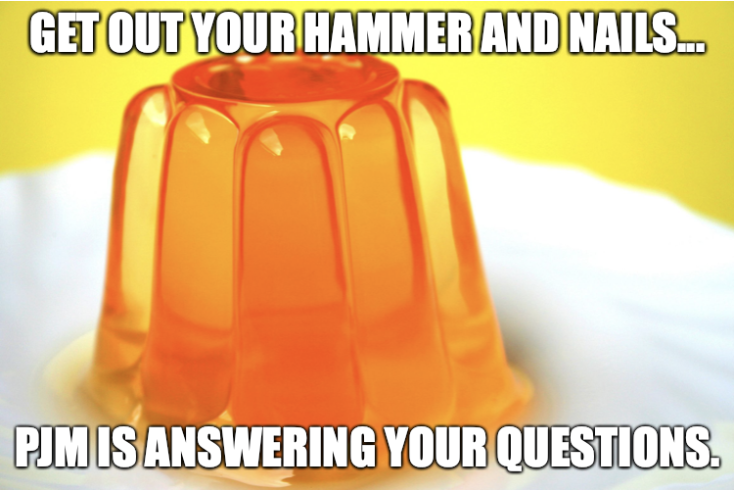

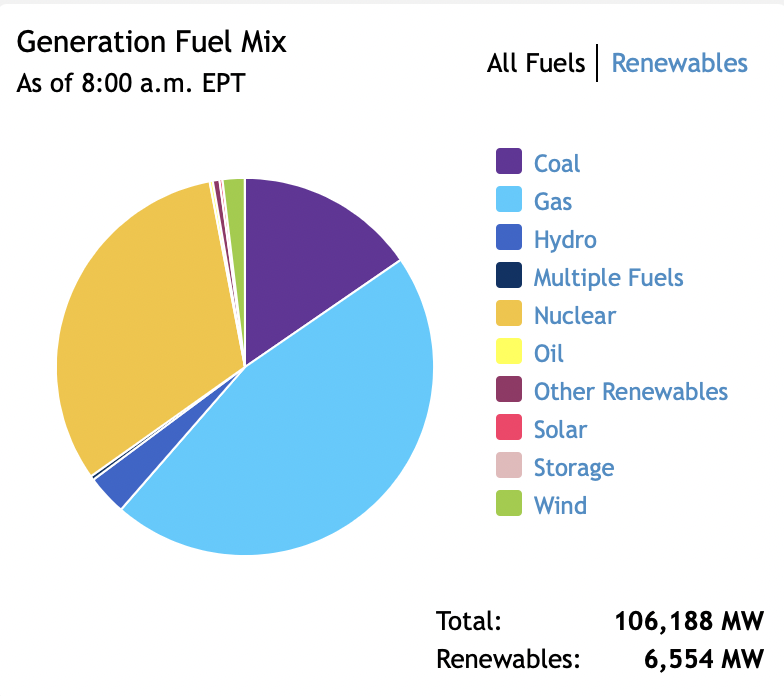
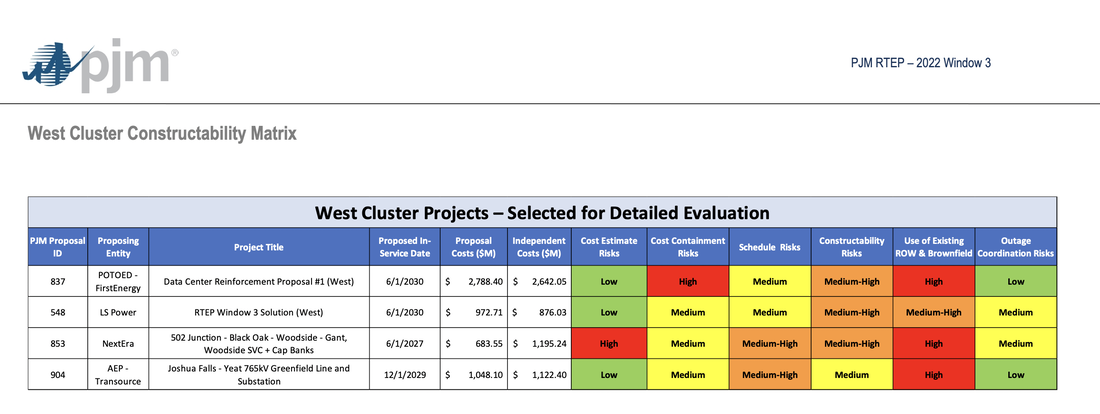
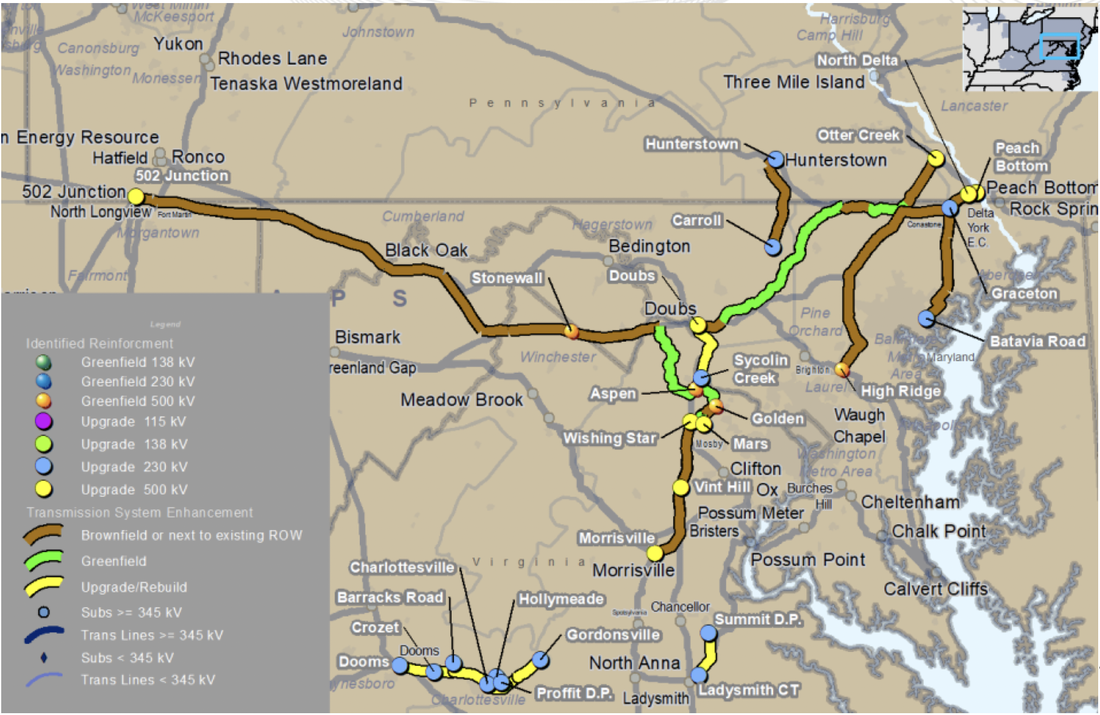

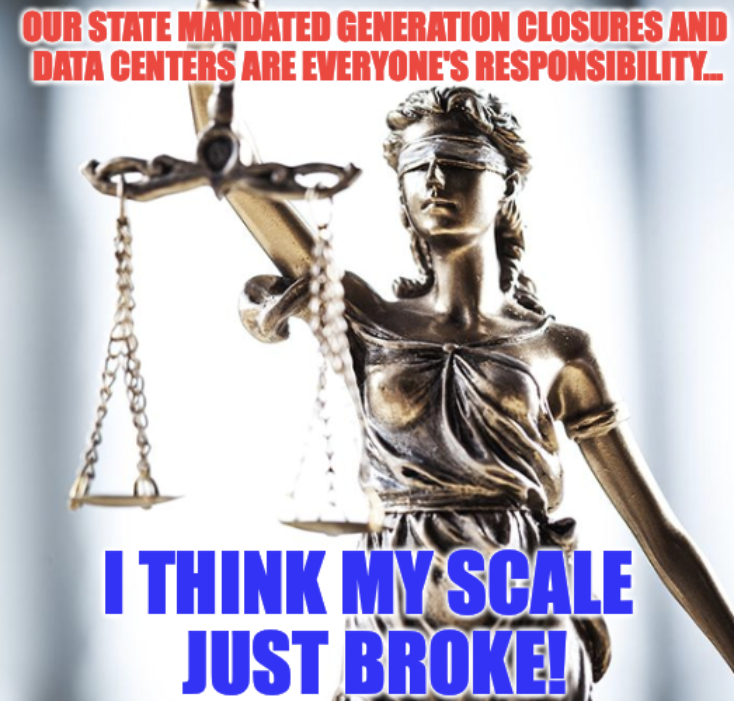
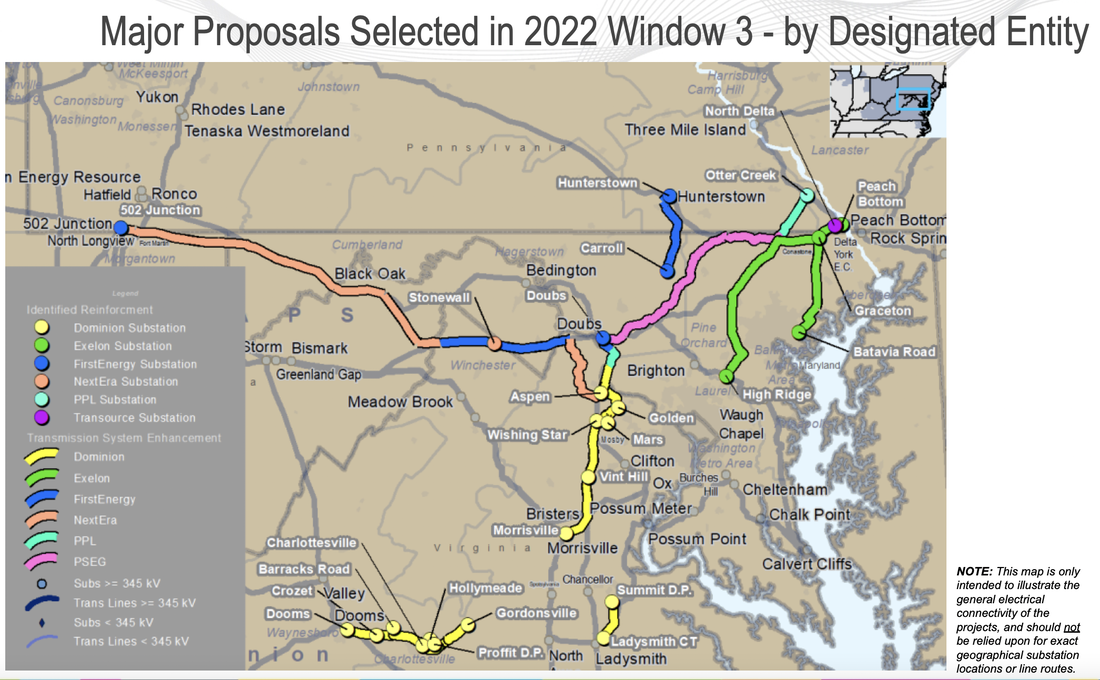
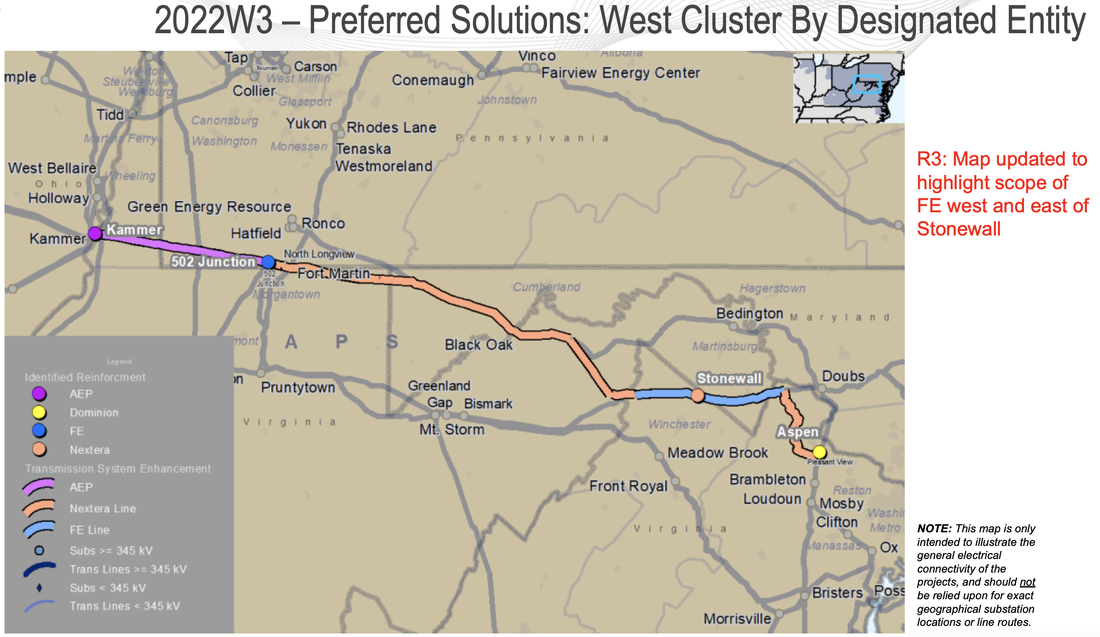
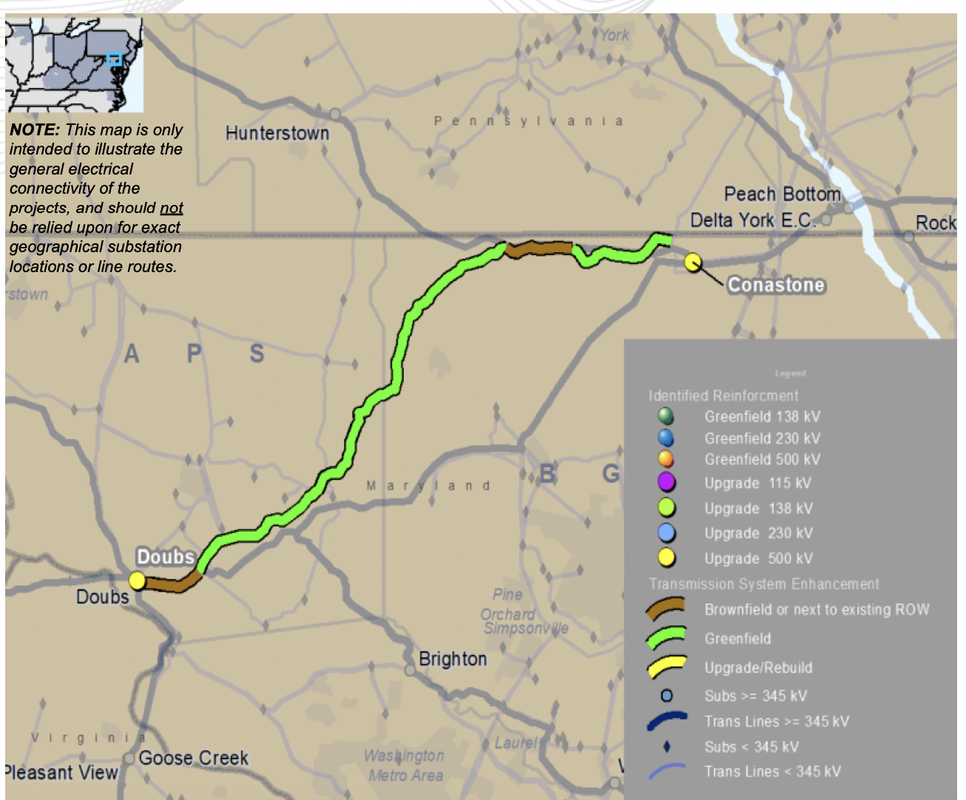
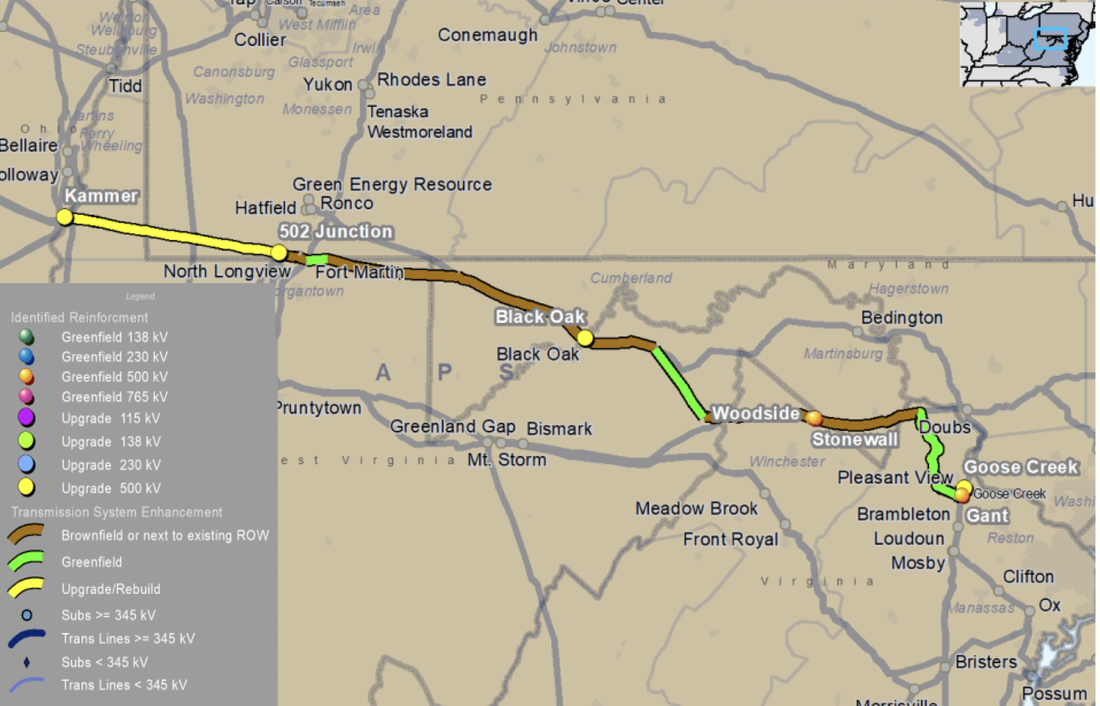
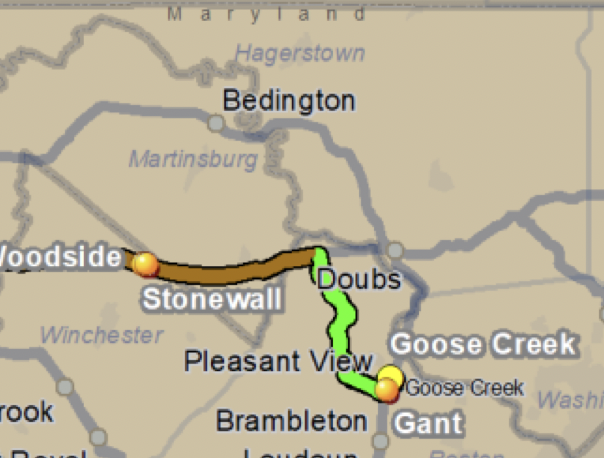
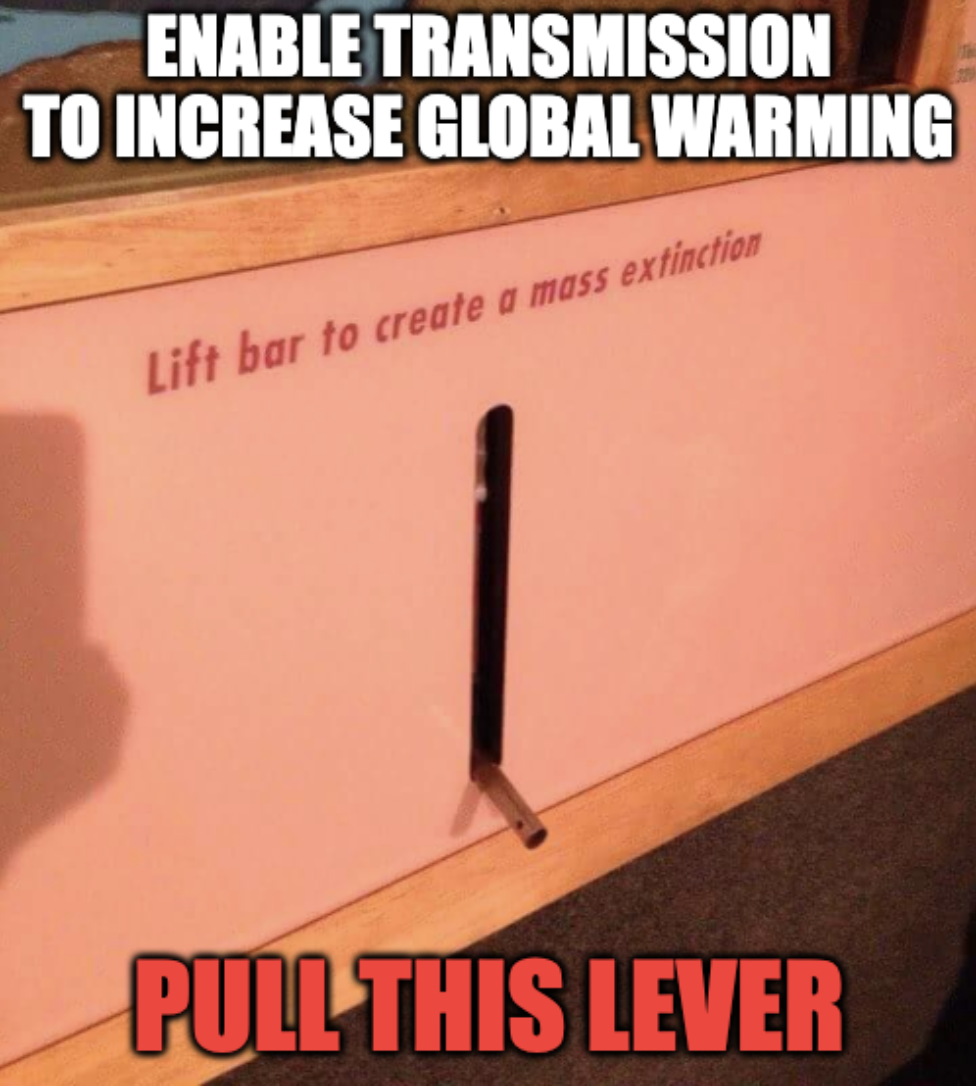

 RSS Feed
RSS Feed